Deu 3:23-4:24
Hebrew paragraph divisions:
3:23-29 {p} Joshua shall cross and cause Israel to inherit their possession
4:1-24 {p} Remember Sinai and the Ten Commandments
Now we have come to the first p’tuchach, or strong paragraph division, in Deuteronomy, completing the first strong theme. Its Hebrew paragraphs are,
1:1-2:1 {s} The failure of the unbelieving generation to possess the land
2:2-8a {s} Pass by the possession of Esau
2:8b-16 {s} Pass by the possession of Moab
2:17-30 {s} Pass by the possession of Ammon, but possess the possession of Sihon
2:31-3:22 {s} YHVH gave the kingdoms of the Amorites to Israel as a possession
3:23-29 {p} Joshua shall cross and cause Israel to inherit their possession
The strong theme resolves into a chiastic structure repeating that it is Joshua, Messiah by type— grace through faith—and not Moses—works of the Law—that will cause us to inherit our promise.
But notice something else brought out by the structure, in the B pair. If we were just reading the text of Scripture, and unaware of the structure, we might miss what Torah is revealing. The matching pair highlights it.
“But Joshua the son of Nun, who stands before you, he shall go in there; encourage him, for he shall cause Israel to inherit it. Moreover your little ones, that you said should be a prey, and your children, that this day have no knowledge between good and evil, they shall go in there, and unto them will I give it, and they shall possess it.” Deu 1:38-39
“But charge Joshua, and encourage him, and strengthen him; for he shall go over before this people, and he shall cause them to inherit the land which you shall see.” Deu 3:28
It is the children, the second believing generation, who shall inherit the promise, not the first unbelieving generation that came out of Egypt.
And Yeshua called a little child unto Him, set him in the midst of them, and said, “Truly I say unto you, except you are converted, and become as little children, you shall not enter into the kingdom of heaven.” Mat 18:2-3
The children inherit the promise. This is the Gospel of Grace preached from Torah.
Deu 4:25-49
4:25-40 {p} That Israel might know that YHVH is God and there is no other
4:41-49 {p} Cities of refuge/ this is the Law
The central axis of the whole chiasm for Va’etchanan is the Deu 4:41-49 paragraph. Here is its structure:
If humans were dividing the paragraphs according to human logic, there would be two paragraphs here instead of one.
4:41-43 Cities of refuge beyond the Jordan;
4:44-49 This is the Law and testimonies which Moses spoke.
Why are cities of refuge, mercy when in violation of the Law, and the Law and testimonies, in a single paragraph?
We have already seen that the cities of refuge are a sign of Messiah, a prophetic type of salvation from deserved death. So Scripture places a picture of Messiah in the same paragraph with “This is the Law (Torah) … testimonies, statutes, and judgments …”.
In the beginning was the Word, and the Word was with God, and the Word was God. … And the Word was made flesh, and dwelt among us, and we beheld His glory, the glory as of the only begotten of the Father, full of grace and truth. Joh 1:1, 14
His Law, testimonies, statutes, and judgments are His Word. He spoke His commandments to Israel. Yeshua our Messiah is the Word of God made flesh, full of grace and truth.
Not only does John teach us that the Old Testament is full of grace and truth, but Scripture itself is teaching us, by placing the picture of Messiah with “This is the Torah” in one single paragraph, that Torah itself is Messiah—Torah itself is full of grace of truth. Yeshua is the Living, breathing Torah of God made flesh.
Should this surprise us? Yeshua told us that Moses wrote about Him, and that if we believed Moses, we would believe Him (Joh 5:46). Moses and Yeshua are in perfect agreement, both full of grace and truth. The enemy has lied to us long enough about the “obsolete” Old Testament.
Deu 5:1-6:3
5:1-5 {s} These statutes and judgments are Israel’s covenant with YHVH
5:6-10 {s} YHVH alone is God/ do not make idols to worship
5:11 {s} Do not take the name of YHVH in vain
5:12-15 {s} Observe the Sabbath day to keep it holy
5:16 {s} Honor your father and mother
5:17 {s} Do not murder
5:18 {s} Do not commit adultery
5:19 {s} Do not steal
5:20 {s} Do not bear false witness
5:21a {s} Do not covet your neighbor’s wife
5:21b {s} Do not covet anything that is your neighbor’s
5:22-6:3 {p} YHVH’s voice spoke these commandments/ hear/ pay heed/ observe
“For I YHVH your God am a jealous God, visiting the iniquity of the fathers upon the children unto the third and fourth generation of them that hate Me, and showing mercy unto thousands of them that love Me and keep My commandments.” Deu 5:9b-10
Man thinks that mercy and righteousness are opposites, but God reveals they are two sides of the same coin. His Law is Love.
Remember that the mercy seat covers the ark, in which are contained the Ten Commandments. God does not mean that He will show mercy only if the Commandments are kept perfectly, without the slightest error. For then why would mercy be necessary?
But the one who loves God, and who expresses his love for God in the way that God finds meaningful, by obedience to His commandments as a way of life, as he keeps them before his face, ever seeking more perfect obedience out of his love for God—to that one, God shows mercy.
His mercy is shown in Messiah Yeshua, who nailed the list of our transgressions of the commandments to the cross with Him.
And you, being dead in your sins and the uncircumcision of your flesh, He has made alive together with Him, having forgiven you all trespasses; blotting out the certificate of debt that was against us, which was contrary to us, and took it out of the way, nailing it to His cross. Col 2:13-14
The phrase, “certificate of debt,” is in the Greek, chirograph. It sim-ply means, something hand-written. But in Paul’s day, chirographs were nailed to the execution stakes along with the criminal who was being executed. It was his list of crimes explaining why he was being executed. This happened to Yeshua, but since Pilate could not determine what His crime was, he nailed this chirograph above His head: “The King of the Jews,” (Mat 27:36-37).
Chirographs were also posted at the door of a jail cell when a prisoner was jailed, so that any magistrate could determine the transgression of the law for which the prisoner was in chains. Now Acts 25 is more clear. Paul did not have a chirograph, and this is why he had to be heard so many times. The rulers were trying to determine the list of his crimes before he was sent to Ceasar.
The word “requirements” found in Col 2:14 in some translations, is not in the Greek. Other translations insert “debt,” but that is not in the Greek either. Paul makes the context clear, because in verse 13 he says that we had died in our sins—crimes against the Law, or Torah. In the spiritual sense, before we came to Messiah, we were executed on the execution stake already because of our crimes against the Torah, since the wages of sin, which Scripture defines as breaking Torah (1 Joh 3:4), is death (Rom 6:23). That is the state in which Messiah found us.
Messiah then canceled our chirograph, the list of our crimes. This list is what was hostile to us. This indictment, this guilty verdict, this finding that we have in fact sinned, was the decree against us. Yeshua Messiah took our chirograph and nailed it itself to His cross.
Deu 6:4-7:11
6:4-9 {s} Listen to YHVH’s commandments
6:10-15 {s} Pay careful heed to YHVH’s commandments
6:16-19 {s} Observe YHVH’s commandments
6:20-25 {s} Teach YHVH’s commandments to your children
7:1-11 {p} YHVH has set His love upon Israel
The structure of the 7:1-11 {p} paragraph, is,
He first loved us, and proved His love by sending Yeshua.
We love Him, because He first loved us. 1 Joh 4:19
But God demonstrates His love toward us, in that, while we were yet sinners, Messiah died for us. Rom 5:8
He expressed His love for us by keeping His covenant with us to bring us into the Promised Land (1A pair), a prophetic metaphor for salvation and everlasting life with Him.
We express our love for Him by obedience to His commandments (2A pair).
“If you love Me, keep My commandments.” Yeshua, Joh 14:15
DEUTERONOMY 3:23-7:11 ANNUAL VA’ETCHANAN “AND I PLEADED” OUTLINE | DEUTERONOMY in CHIASTIC STRUCTURE
FINDING MESSIAH in TORAH: A MESSIANIC DISCOVERY THROUGH the TORAH PORTIONS
THE LAW of LOVE: THE GOSPEL of GRACE REVEALED in the COMMANDMENTS OF GOD

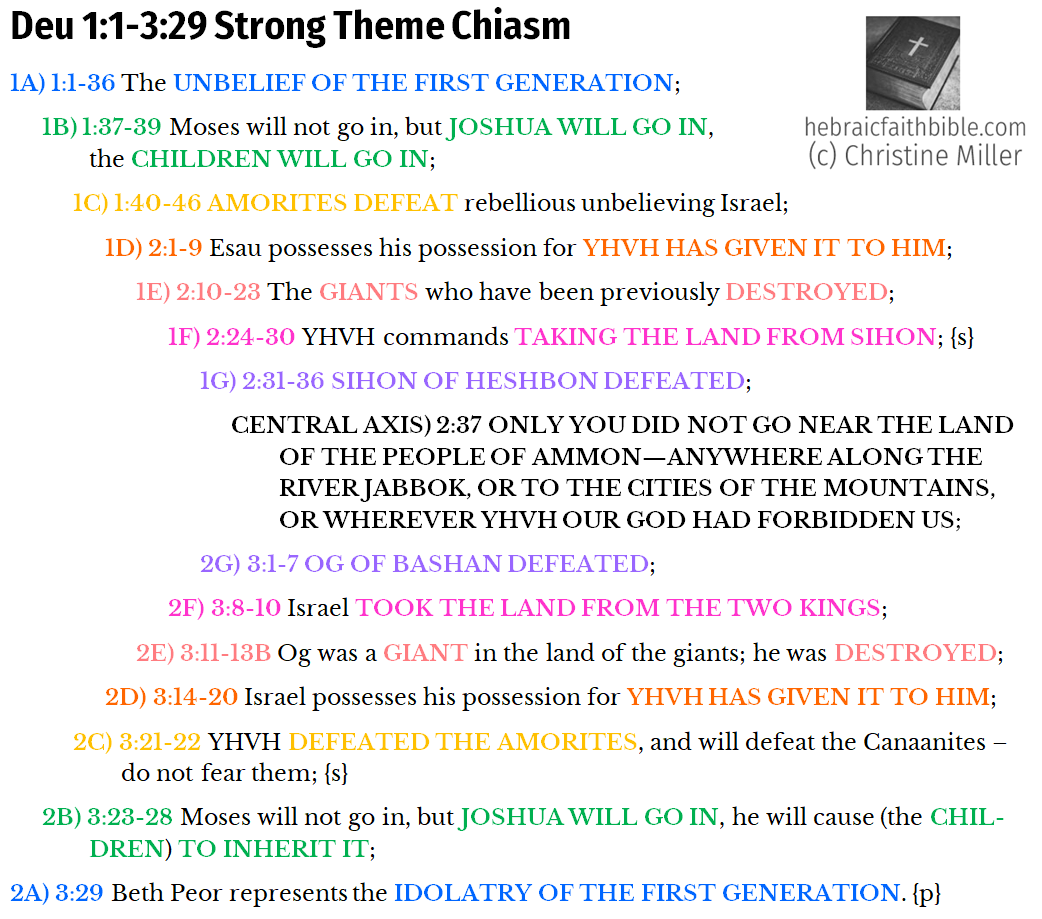
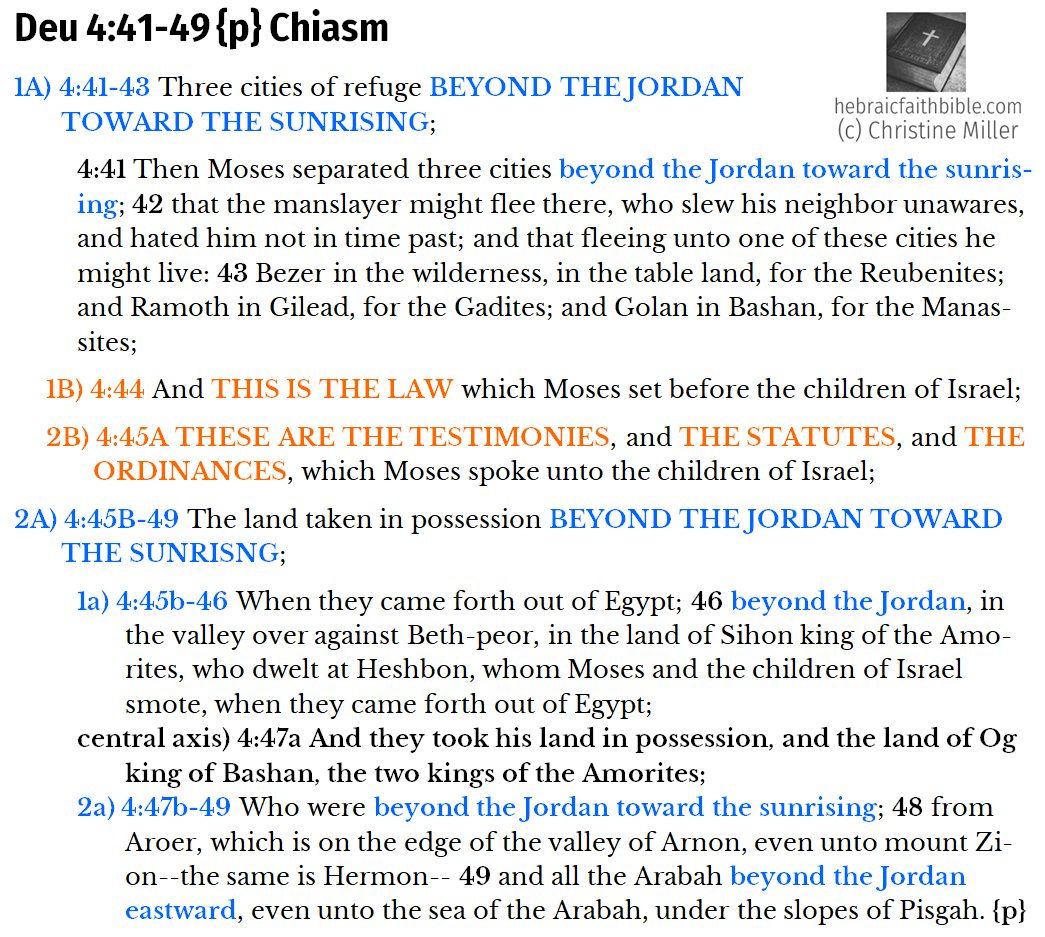
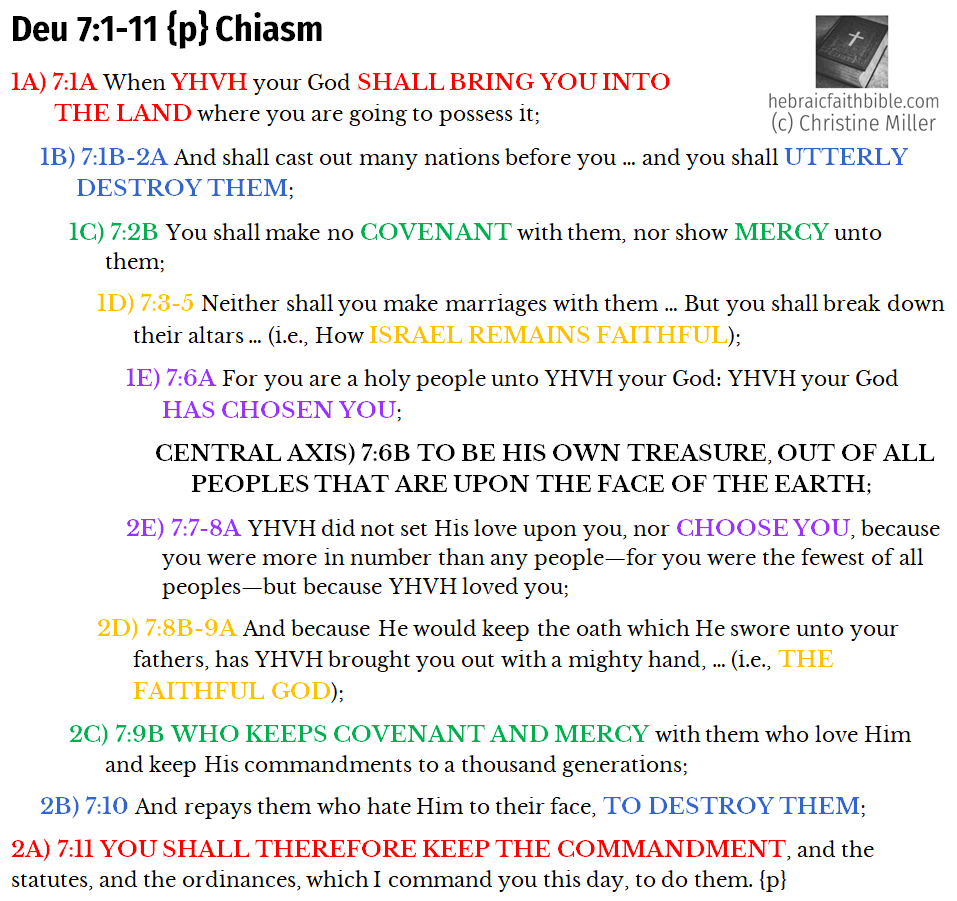
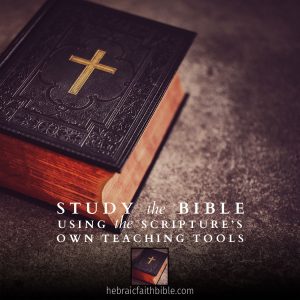
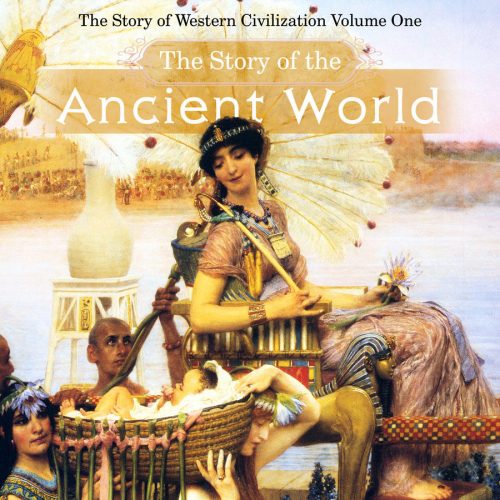
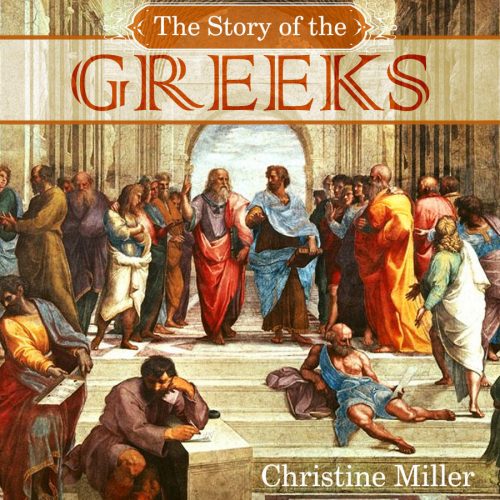
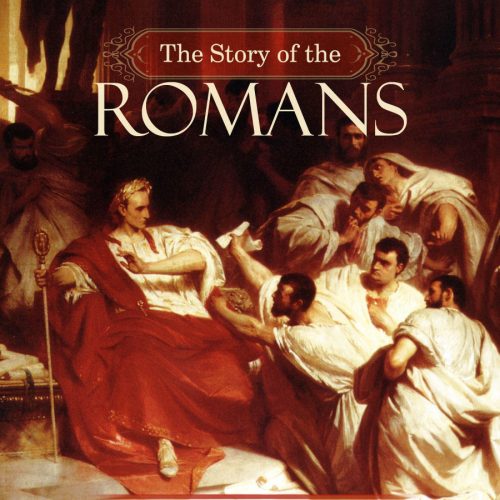
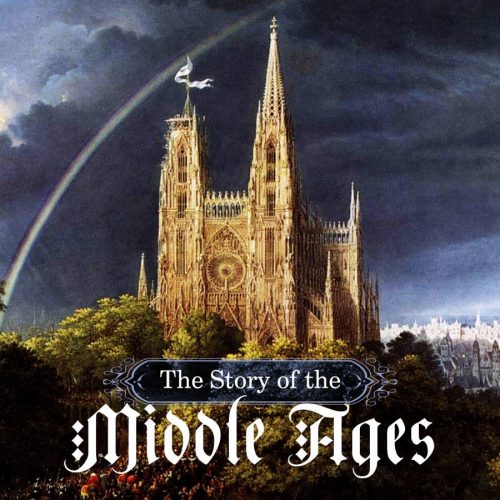
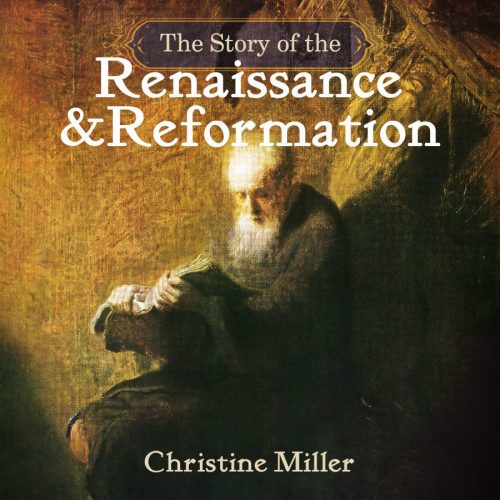
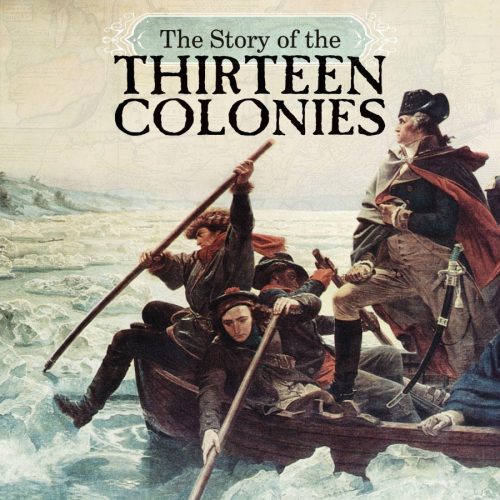

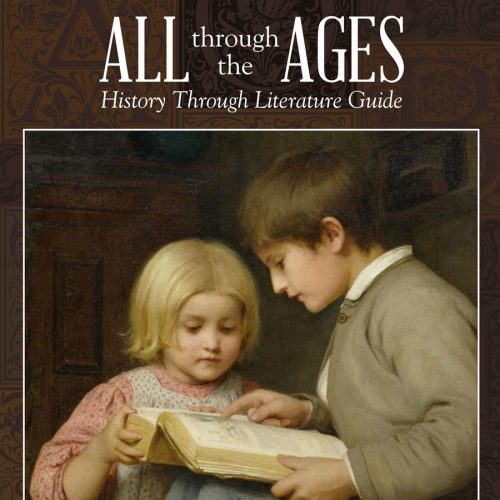
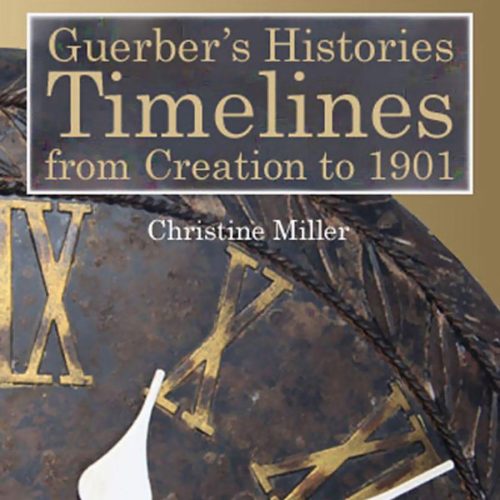
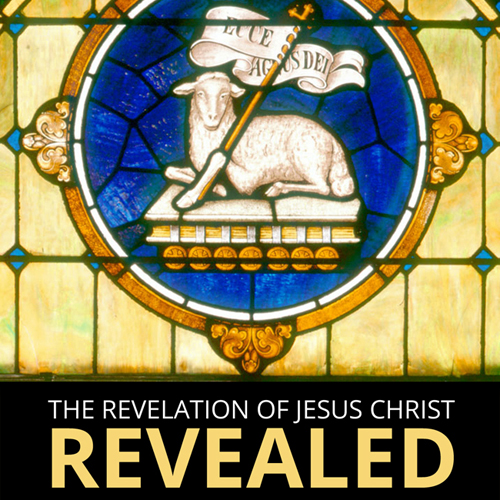
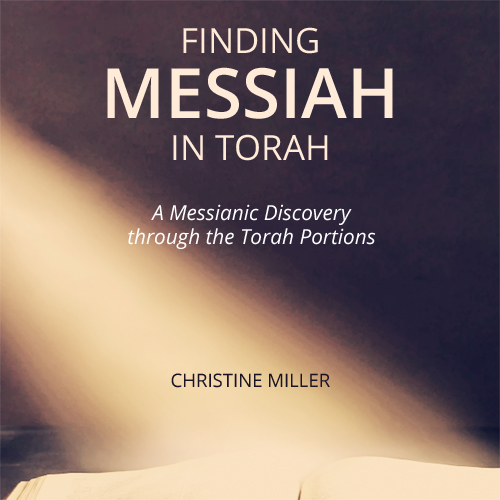

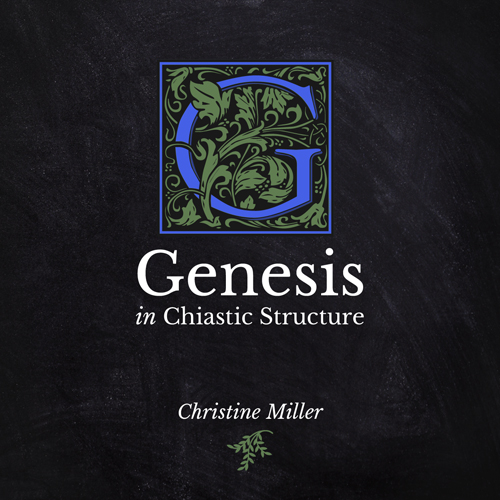
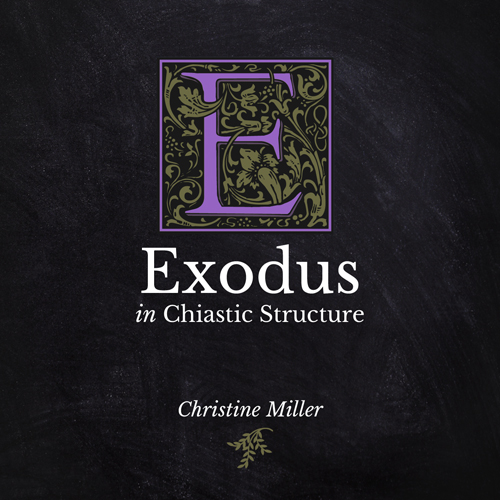
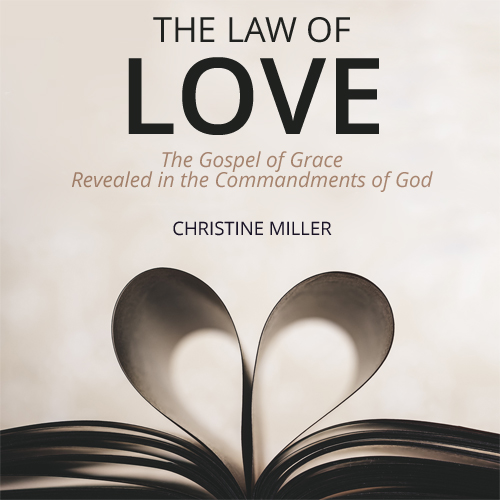
Leave a Reply